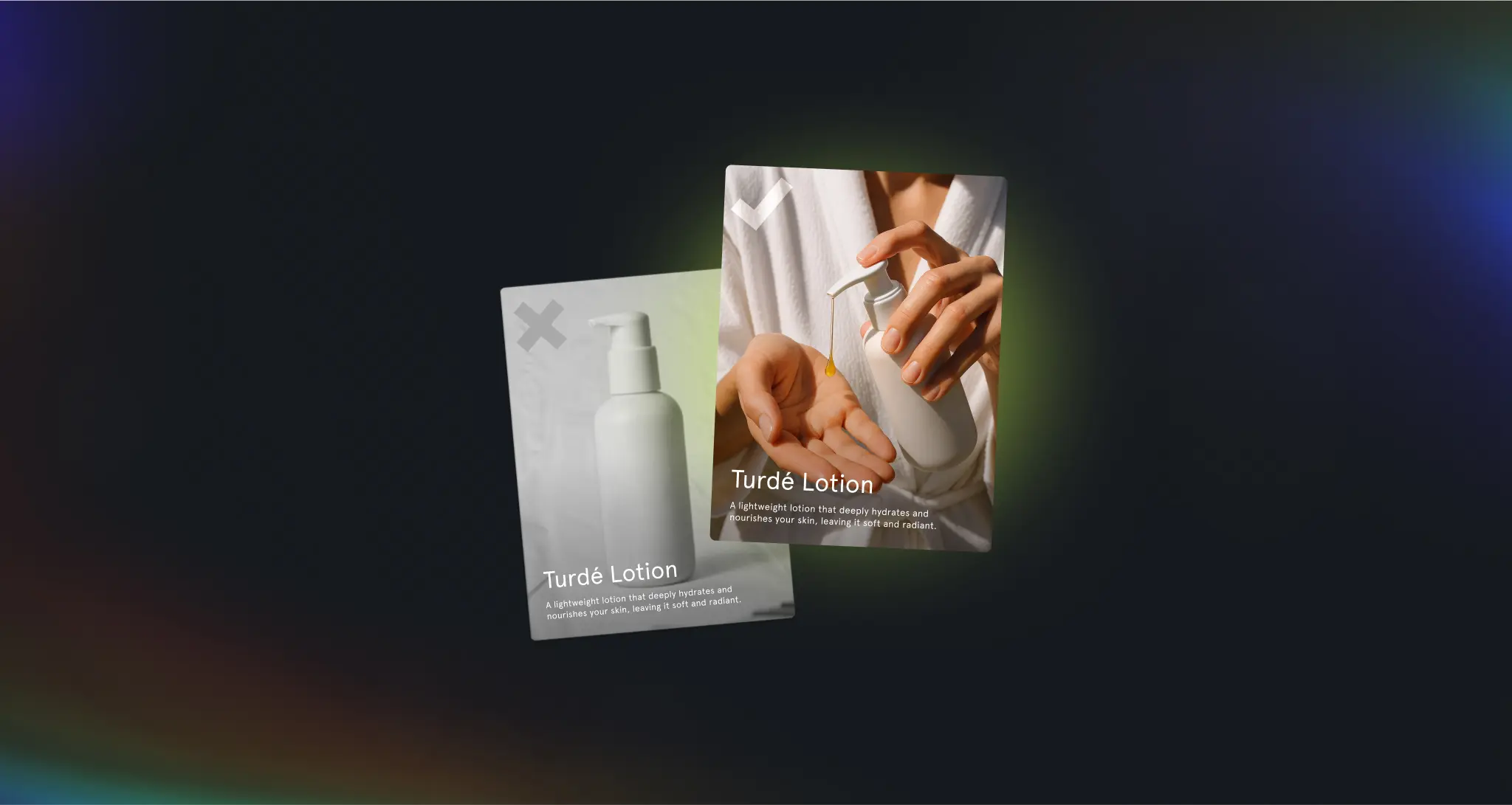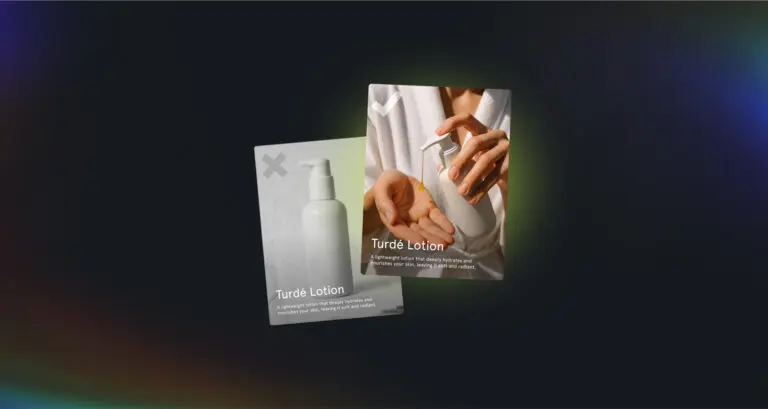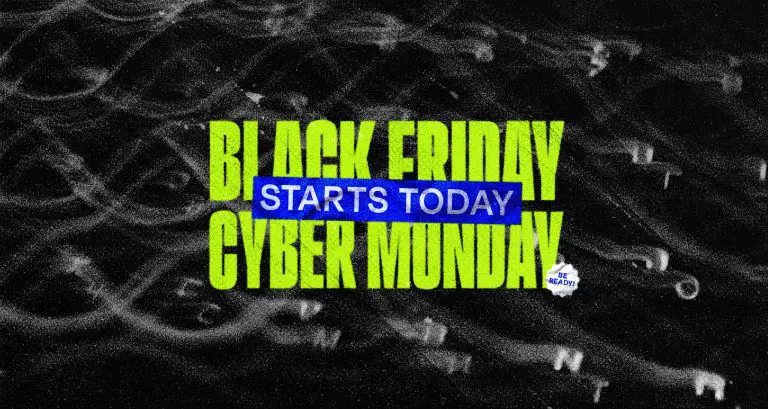Hot take: For DTC brands, best practices are table stakes. Desire is the differentiator. If your product presentation is crap, optimization is a waste of time. Make people want it — or nothing else works.
Let’s Be Honest About Ecommerce
There are endless shortcuts in ecommerce, and they all promise easy wins: plugins that optimize the cart, funnels that automate the sale, popups that magically boost conversion. It’s a sea of best practices, benchmarks, and boxed-up solutions that suggest you can buy your way to growth. And when you’re under pressure to perform, it’s easy to believe them.
But here’s the hard truth: no brand ever built sustained momentum by obsessing over button color tests.
Growth comes from something deeper than checkout flow or shipping calculators. It comes from desire. Not just functional desire — not “this solves a problem” desire. We’re talking about emotional pull: the kind that makes someone imagine their life with your product in it and feel incomplete without it.
The stack matters, yes. The optimizations matter. But they’re multipliers, not engines. If no one wants what you’re selling, no amount of best practices will save you.
What We Mean By Desire
Desire is not hype. It isn’t about persuasion tactics or scarcity tricks. And it’s certainly not a countdown timer slapped onto your PDP.
It’s emotional gravity. It’s what happens when someone sees your product and immediately starts picturing it in their life — not just as an object they could buy, but as something that signals who they are, what they care about, how they see themselves.
That kind of desire is marked by three signals: vivid imagination (they can see themselves with it), emotional craving (they feel a subtle ache if they don’t have it), and rationalization (they begin justifying the cost or friction because the imagined gain feels worth it).
Desire isn’t about pushing someone through checkout. It’s about making them want to be there. It turns a sale into a foregone conclusion.
How to Spot (or Miss) Desire on Your Site
If you’re wondering whether your site is creating desire — or just going through the motions — here are a few ways to find out.
Start by pretending you’re seeing it for the first time. Don’t bring your roadmap or backlog. Just look. Then ask:
- Can I clearly tell who this product is for — and why they’d care?
- Do the visuals make me feel something, or do they just explain?
- Could I imagine someone texting this to a friend and saying, “Look at this”? Or would it get lost in a sea of sameness?
- Is the story obvious, or buried three clicks deep in a blog post?
- Do the images help me imagine myself with the product, or do they just check the box?
- Does anything on the page make me pause — not because I’m confused, but because I’m intrigued?
If you find yourself rationalizing or defending the answers (“well, if you click here and scroll down…”), that’s a sign. Desire isn’t something you should have to explain. It should radiate. It should show up in seconds.
And if you’re not sure what you’re seeing? Ask a friend outside your industry to review the page. Their gut reaction will tell you everything.
Desire Can Be Modeled
Though desire feels emotional, even intuitive, it can be modeled. In fact, every customer is doing silent math in their head — weighing what they want against what’s in the way.
Here’s the model:
A purchase happens when Desire (D) outweighs Hurdles (H).
Desire is made up of multiple forces: imagined gain (what life looks like with your product), imagined loss (the FOMO or emptiness of missing out), and need (how essential or urgent it feels). Then there’s the lens — your photos, videos, and overall presentation — plus social proof and brand affinity.
D = ((IG + IL) × N) + (L + S + B)
On the other side, Hurdles are what hold someone back: price pain, friction in the flow, and risk (fear of regret, bad quality, or being scammed).
H = P + F + R
The math reveals a deeper truth: while reducing hurdles is useful, lifting desire is usually more powerful. You can cut shipping costs or trim seconds off checkout, and those things might help. But one stunning photo that lets a customer imagine themselves happier, healthier, or more confident with your product? That changes the whole equation. It tilts the scale.
Proving the Power of Desire
Let’s talk about the lens — the clarity and richness of how your product is presented. Too often, photography and video are treated like polish: a final coat after the real work is done. But they’re not decorative. They are decisive. They are the window your customer looks through to decide whether they should care.
Done well, quality media stirs imagination, creates FOMO, and builds trust before a single word is read. It becomes the fastest path to belief.
And the data backs it:
- Lifestyle photography increases purchase intent by up to 40% (Justuno).
- High-quality product images nearly double conversions (94%) compared to low-quality or missing ones (Photoroom).
- Premium studio images drive conversion lifts between 30–33% on average (CXL).
- Product videos raise purchase likelihood by 64% (Animoto).
- 74% of shoppers cite product photos as the most influential factor in their buying decision (MDG).
- Great imagery also boosts organic traffic by up to 95%, thanks to SEO and shareability (MDG).
Put simply: visuals are not just about showing the product. They are about making people want it.
Design plays an equally pivotal role. It’s not just about aesthetics; it’s about perception. Customers don’t separate product quality from design. In their minds, they’re one and the same. A beautiful, intentional interface makes the product feel more credible, more premium, and more trustworthy.
- 75% of users judge a brand’s credibility based on design alone (Stanford).
- And there’s the aesthetic-usability effect: people believe better-looking things are easier to use and more effective (NN Group).
Your design and media aren’t just brand work. They are growth levers.
Creative quality multiplies performance. Nielsen found that creative is responsible for 47% of advertising’s sales impact — more than targeting, timing, or placement. Kantar reports that brands with meaningful, differentiated creative enjoy 94% more pricing power. And according to Binet & Field, emotional, story-driven creative outperforms rational, feature-led campaigns over time.
Desire doesn’t just drive clicks. It drives margins.
Desire > UX: The Glossier Case
If you want proof that desire outweighs friction, look no further than Glossier.
Their early ecommerce experience was, by most standards, a mess. Buggy navigation. Confusing flows. Functional gaps that would make most UX teams cringe. Reddit threads were full of complaints. And yet, the brand took off like wildfire.
By 2018, they were pulling in over $100 million in annual revenue. By 2019, they closed a $100 million Series D and hit a $1.2 billion valuation. All while running a site that UX blogs openly criticized.
Why? Because the desire was overwhelming. The imagined gain was strong: that dewy, effortless beauty. The imagined loss? Being left out of a cult-like brand community. The need? Skincare already felt essential. Add a powerful lens, influencer-fueled social proof, and brand affinity built through Into the Gloss, and you have a formula where even major hurdles couldn’t stand in the way.
Glossier didn’t win on flow. They won on feeling. They showed that when desire runs high, customers will wade through friction to get what they want.
Desire-First Works: The Seed Case
We’ve lived this up close. When we helped bring Seed to market, they didn’t have a domain, a marketing team, or even a full product line. But they knew the work wasn’t about quick wins. It was about framing.
Their first hire was a creative director, not a growth marketer. And from day one, every pixel, every transition, every photo shoot was treated as a growth lever — not because it looked good, but because it made the product feel like something you could believe in.
We spent nights with their founder refining everything down to the last detail. It was hard. It was meticulous. But it worked.
Because that site didn’t just function. It converted belief. It made people want to be part of what Seed was building. That early demand created a foundation that would later support a business doing hundreds of millions in revenue. Not because of gimmicks or tricks, but because they led with desire.
Why This Feels Hard
On paper, this all seems obvious. But in practice? It’s a harder sell — especially when you’re in the weeds.
Because desire doesn’t show up in your Klaviyo dashboard. It doesn’t fit neatly into a funnel diagram. You can’t install it with a plugin or automate it with a flow.
And when you’ve just dropped five or six figures on a build, or you’re watching your paid media budget evaporate into single-digit ROAS, the thought of investing more — in storytelling, in photo shoots, in packaging — can feel reckless. Or indulgent. Or just impossible to defend to your CFO.
So it’s understandable that teams reach for what feels rational. Tools that are cheap, fast, measurable. Stack additions with visible ROI.
But the irony is: the stack is what performs after desire is there. It’s the harness, not the horse.
And until you’ve built something people want, all you’re really doing is optimizing around indifference.
When Optimization Alone Falls Flat
None of this means UX doesn’t matter. It does. A fast checkout flow, transparent shipping policies, well-executed loyalty programs — they all play a role. But they don’t generate desire. They only help harvest it.
You still need the stack. You still need best practices. But not as your starting point. Because no one brags about your sticky cart. They talk about your product. They remember how it made them feel. They come back for the brand, not the flow.
Yes, checkout fixes can lift conversions by 35% (Baymard Institute). Yes, 60% of abandoned carts are tied to unexpected costs. Yes, free shipping can boost conversion rates. Yes, email marketing can drive up to 30% of ecommerce revenue.
But every one of those optimizations depends on something more foundational: the presence of desire. If no one wants what you’re selling, polishing the funnel doesn’t change much.
So Here’s the Real Hierarchy
Product → Desire → Optimization
Start by building something worth wanting. Then present it in a way that makes people crave it. Then polish the stack. That’s the order that works.
If you flip it — if you focus on checkout buttons before brand, or bundle logic before storytelling — you end up doing the right things in the wrong order.
And the results speak for themselves.
Where to Start
If this resonates but you’re not sure what to do next, start small — and start with the lens.
Audit your product pages. Do your visuals actually help someone imagine themselves using your product? Would they miss it if they didn’t buy?
Ask yourself: would a stranger land on your site and instantly feel what you care about? Would they see taste, intent, craft? Or would they see a template and a list of features?
Then look at your brand story. Is there one? Can someone feel it in the first five seconds? Or does it live in a Notion doc no customer has ever read?
Don’t try to overhaul everything overnight. But start replacing low-impact efforts with higher-leverage creative moves. Instead of one more A/B test, do one great shoot. Instead of a plugin, write a better product description. Instead of chasing benchmarks, ask: Does this make someone care?
You don’t need more tools. You need more gravity.
The Bottom Line
Growth doesn’t come from gimmicks. It doesn’t come from the stack alone. It comes from creating desire: from making people imagine life with your product and feel something missing without it.
That’s what builds love. That’s what drives word of mouth. That’s what earns repeat purchase and pricing power and everything else you’re trying to optimize for.
So yes, build a smart stack. Use the right apps. Streamline the flow. But only after you’ve made people fall in love.
Because here’s the truth: you can’t polish a turd. But if you create real desire, you won’t need to.



